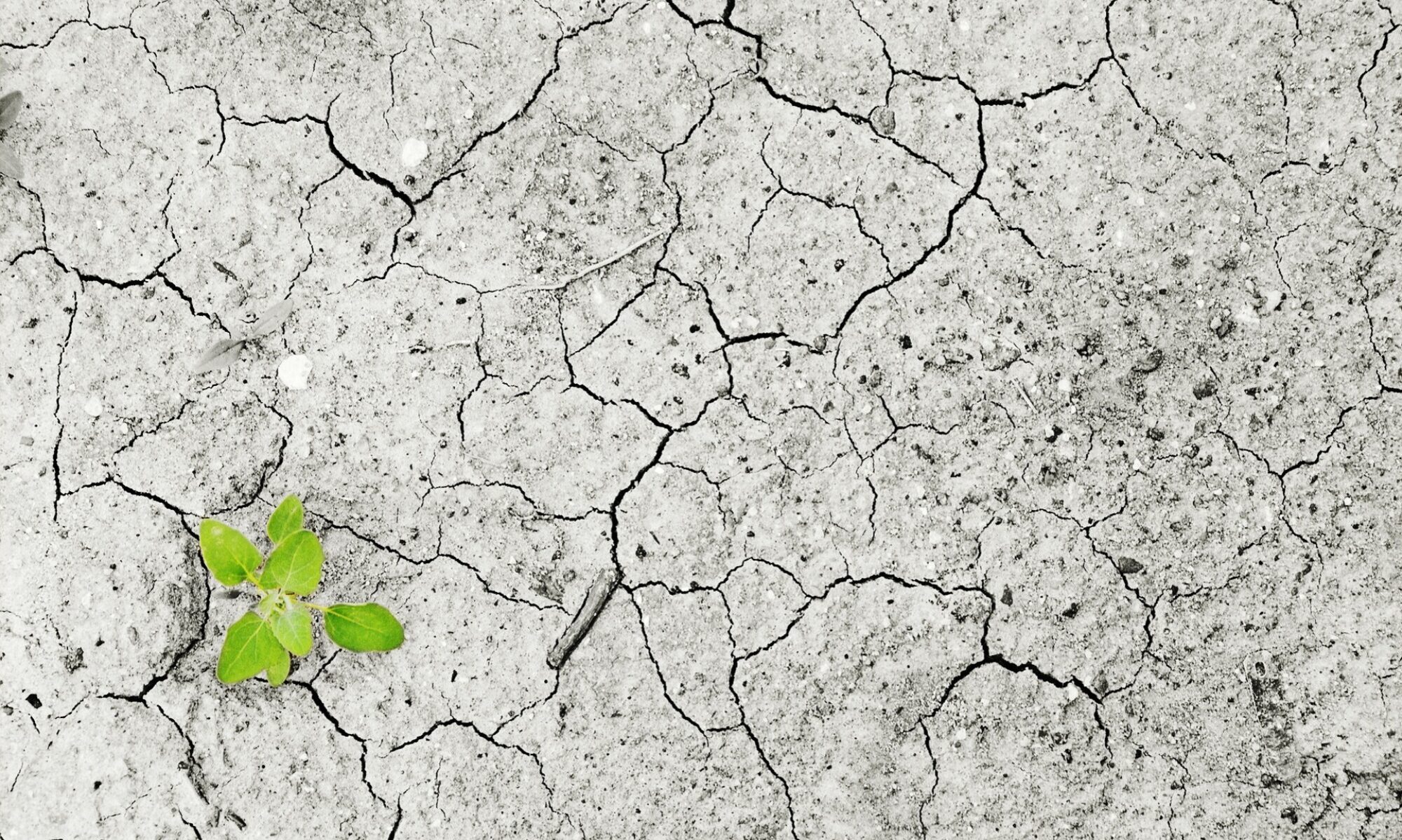9 February 2022 – by Mia Bezar
This article is part of Earth Refuge’s Spotlight Series on Philadelphia
During the summer of 2021, cities across the United States (‘US’) have seen record breaking temperatures to an extent that scientists say would have been “virtually impossible” to reach without anthropogenic climate change. Cities are especially prone to such extreme heat because of particular characteristics which cause people within urban areas— particularly low-income residents — to bear an undue burden of the effects of climate change.
What is the Urban Heat Island Effect?
Heat islands are urban areas that experience higher temperatures than their surrounding areas for a variety of reasons. For one, cities contain more man-made structures, such as buildings, roads, and dark roofs, which absorb and re-emit the sun’s heat more than natural land does. Additionally, more vehicles, more air conditioning units, and more industrial facilities all contribute to the heat island effect felt in cities across the world.
The city of Philadelphia is a paradigmatic heat island. Since 1970, Philadelphia’s average summer temperature has increased by three degrees Fahrenheit (-16 °C), leading to more extreme heat events. In the past fourteen years alone, heat-related events have caused nearly 150 deaths in Philadelphia. The magnitude of such tragedy is only expected to grow larger. Just this past summer, Philadelphia declared a Heat Health Emergency, which only occurs from May through June when temperatures are expected to reach 101°F (38 °C) or higher for two consecutive days, or 98°F (37 °C ) or higher for three or more consecutive days. This designation puts services like the city’s heatline into effect and bars any residential utility shutoffs.
The Disproportionate Impacts
Philadelphia is a quintessential heat island not only because the city has become hotter overall, but also because within the city — as in so many others — low-income neighborhoods and communities of color face disproportionate impacts of the increasing temperatures.
Philadelphia’s Hunting Park neighborhood, one of the city’s most impoverished areas, is illustrative. A recent report from the Philadelphia City Planning Commission showed that more than 75% of land cover in Hunting Park was comprised of buildings, roads, and paved surfaces. By contrast, tree canopy — which helps reduce heat — covers only 9% of the neighborhood. As a result, the neighborhood tends to be significantly warmer than the average city temperature: average surface temperature data shows that Hunting Park can be as much as 22°F (-6 °C) warmer than other neighborhoods.
These differences in landscape between Hunting Park and the rest of the city are largely a consequence of redlining, the systematic denial of financial services to residents of particular areas usually based on race. Redlining largely influenced historic housing policies in the US that led to the residential segregation that still exists today. Research shows that surface temperatures in formerly redlined neighborhoods in urban areas across the country tend to be up to 36°F (2 °C) warmer than non-redlined areas. While these trends are most pronounced in Southeast and Western cities in the US, the Philadelphia Heat Vulnerability Index shows that they remain consistent in Philadelphia as well.
Effective Solutions
Fortunately, action can still be taken at a more regional level to combat the effects of the urban heat island. Two of the most straightforward solutions are to increase the number of white roofs and to increase tree cover. Data from the Center for Clean Air Policy shows that white or light-colored roofs can reflect up to 80% of the sun’s rays in comparison to the 70% heat absorption of black roofs, in turn allowing homes to stay at lower temperatures.
Adding more tree canopy would also go a long way. Trees tend to absorb anywhere from 70 to 90% of sunlight in summer, and 20 to 90% of sunlight in winter, leading to significantly reduced temperatures in Hunting Park and other neighborhoods that are rapidly warming.
Although both solutions would require substantial investment, the benefits outweigh the costs. Indeed, data shows that more trees provide stormwater benefits and increase property values. More importantly, investment in reducing the impacts of the urban heat island effect and climate change more generally represents a small piece of a large effort owed to underserved communities. As climate migration continues to drive people to seek refuge in cities, it is becoming increasingly important to ensure that cities are prepared to provide these types of resources to current and future residents.




